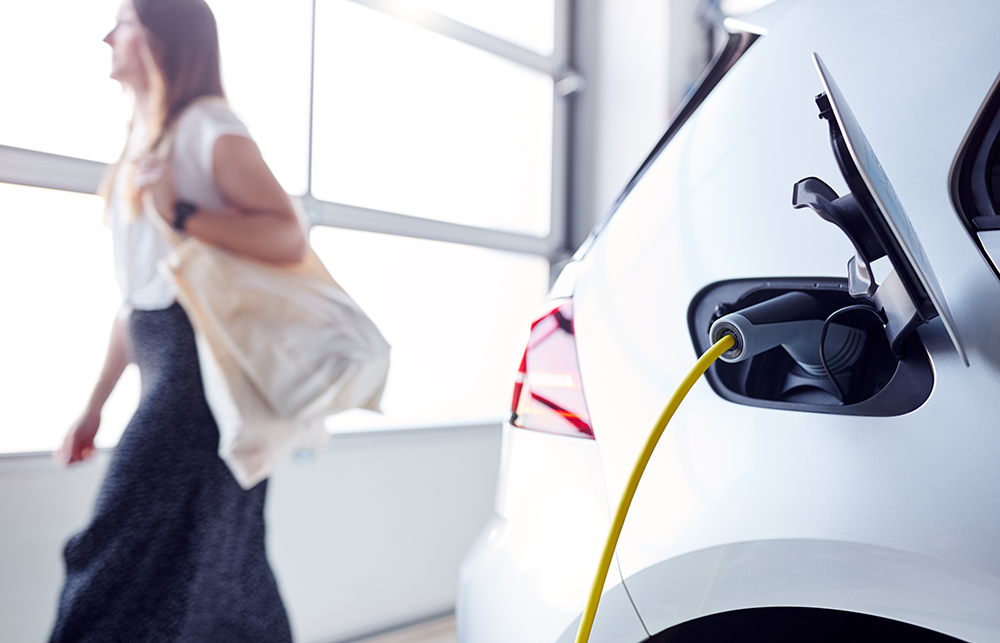
Plug-in hybrid electric vehicles (PHEVs) are a foray into the booming motoring world of pure battery electric vehicles (BEVs), perhaps your future new car of choice.
Tasmania’s registration figures show PHEV numbers are growing steadily, but the numbers are still low in comparison to BEVs.
Sales for the trusty and long serving hybrids are declining, but hey, that’s technology, or is it?
The PHEV brand offering is becoming quite broad with many coming in under the fuel-efficient vehicles luxury car tax threshold of $89,332 (lifted $4,416 from the previous financial year).
This year’s Tasmanian VFACTS figures show 60 PHEVs hitting the road in comparison to 757 BEVs and 513 hybrids to the end of June.
Plug-ins play an important part in the automotive sales mix by offering the best of both worlds. They give conventional combustion mobility with an environmental benefit of limited electric range (usually 50 to 100km) of pollution free propulsion.
And here’s the plus: you don’t need to rely on the lack of Tasmanian charging infrastructure, just plug it in at home.
The Tasmanian government needs to come to the party with support for motorists to incentivise them into making greater choices geared around greener vehicles.
Other states are streets ahead of Tasmania in offering incentives to drive PHEV and BEV sales. Queensland and New South Wales both offer stamp duty and subsidy incentives to consumers.
I would have more than double the financial incentive to purchase a green vehicle if I lived in either of these states. And I find that rather sad.
With Tasmania being such an ecological wonderland, I am longing for the day our state government offers greater financial incentive to drive a greener alternative.
TACC State Manager, Bruce McIntosh. As featured in the Herald Sun 21 July 2023